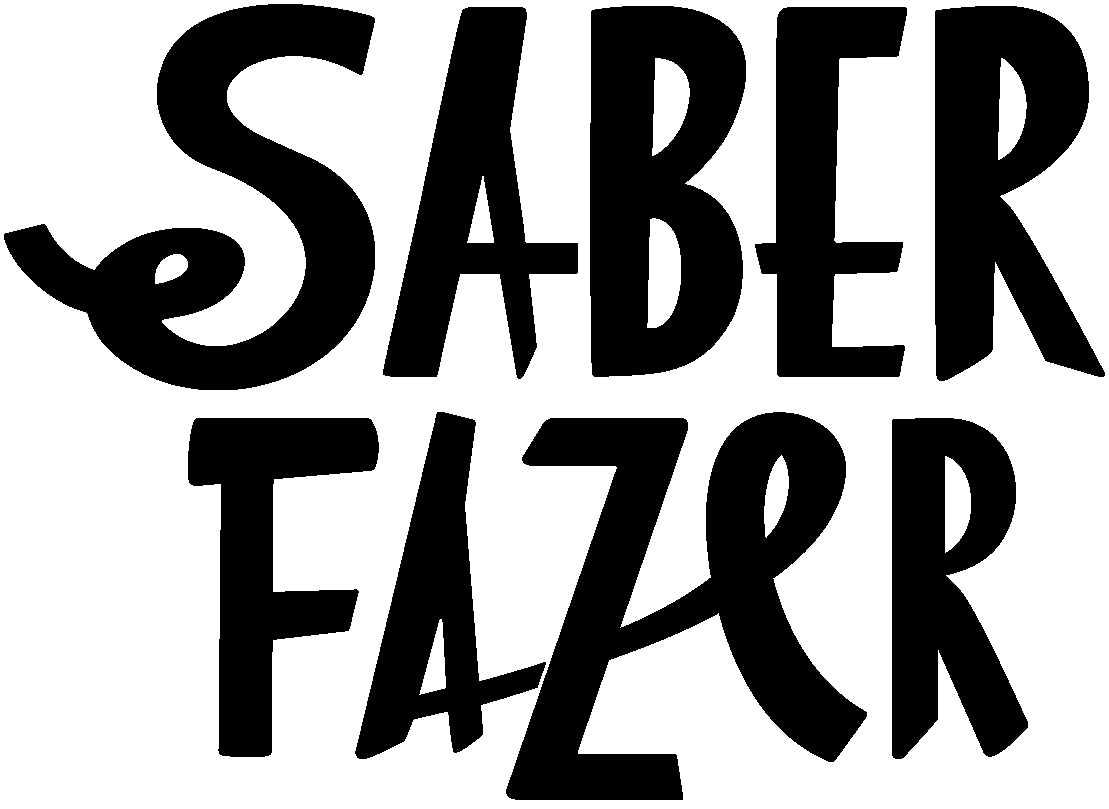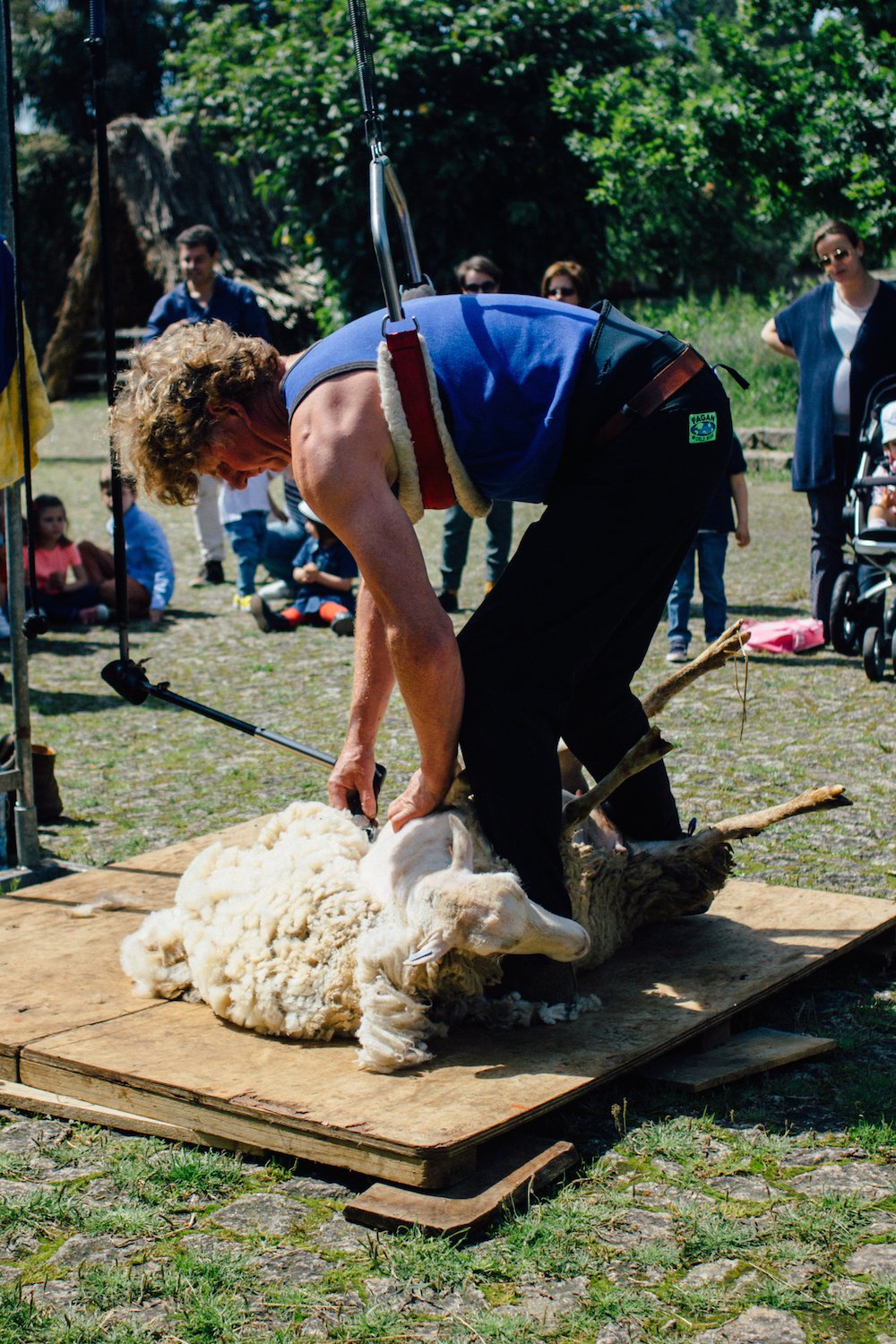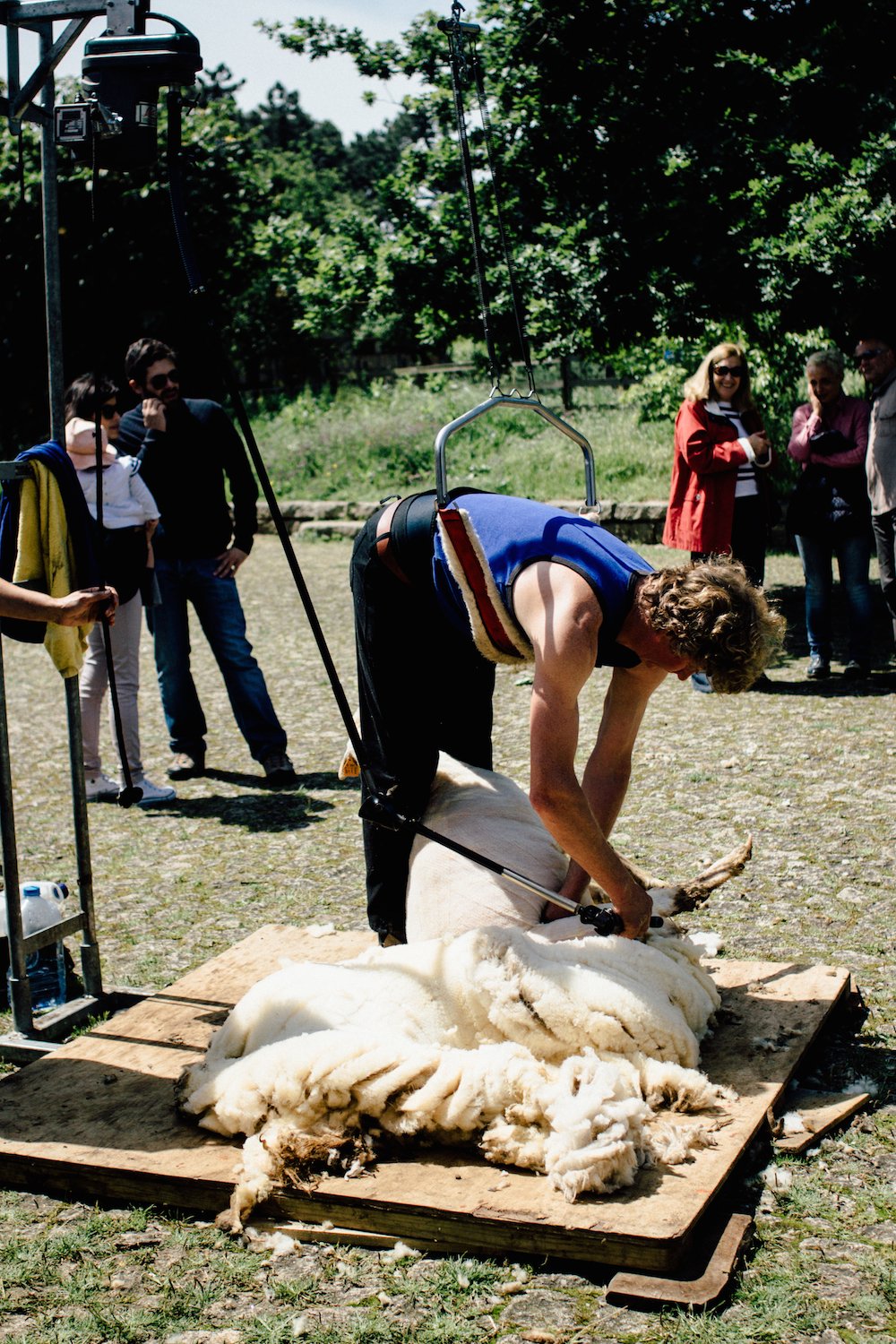A Técnica Bowen de tosquia
Das primeiras vezes que falei com a Suzana sobre o tipo de tosquia que o Marty fazia, ela disse-me logo que a técnica usada por ele era a técnica Bowen e remeteu-me para este vídeo para me introduzir ao assunto.
Até agora não tive necessidade de explorar a tosquia tecnicamente, nem tinha bem reflectido sobre a importância do assunto para a obtenção de fibra com qualidade, mas quanto mais leio e aprendo, mais me cativa.
Originalmente, esta técnica foi criada por Godfrey e Ivan Bowen nos anos 40, e desde então tem sido aperfeiçoada pela prática e também pela evolução do equipamento utilizado (principalmente nas máquinas utilizadas), mas os princípios básicos originais mantiveram-se.
O que é importante reter talvez seja que Godfrey e Ivan foram dos primeiros a pensar na sistematização da tosquia, não só com o objectivo de a optimizar a nível de tempo e esforço, mas de garantir que a lã obtida fosse da máxima qualidade (sem cortes duplos e velos removidos inteiros) e que os animais fossem bem tratados durante o processo.
O processo passou a ser disciplinado, com uma coordenação precisa que minimiza o stress tanto para o tosquiador, como para a ovelha.
Esta técnica é específica para a tosquia com máquina, e a sua especificidade reside tanto na forma como se manobra o animal, como na sequência e ordem dos golpes longos ( “long blows”) dados com a máquina.
Para que o animal se sinta relaxado, é necessário que o tosquiador também se sinta confortável e numa posição equilibrada, e é por isso que o posicionamento adoptado bem como o equipamento utilizado são importantes.
A ovelha nunca está presa ou atada. É antes manobrada de forma segura pelo tosquiador - na tosquia mecânica, o tosquiador tem obrigatoriamente de manobrar o animal, e não mover-se em redor deste, pois a sua posição relativamente ao braço da máquina mantém-se constante.
Assim, a ovelha é colocada sentada entre as pernas do tosquiador e é manipulada com os joelhos, os pés e com a mão que está livre.
Sendo a ovelha tão manobrada com os pés, o calçado usado é bastante importante. É normal usarem-se uns mocassins específicos para a tarefa - os mocassins de tosquiador - que são suaves e moles, para serem confortáveis e ajudarem a sentir o corpo do animal. Também têm como função proteger os pés, e impedir que se escorregue, já que as consecutivas tosquias vão espalhando a gordura natural da lã pela plataforma.
Antes de iniciar a tosquia, o Marty montou o estrado de madeira e certificou-se de que estava bem nivelado. Este é um factor importante porque estando a ovelha simplesmente sentada, e com a gordura que se vai libertando, se usarmos uma superfície inclinada, será praticamente impossível manter o animal numa posição estável.
Durante todo o processo, o tosquiador encontra-se de pé e debruçado sobre o animal. Para aliviar este esforço, principalmente em dias normais de trabalho em que centenas de animais são tosquiados consecutivamente, é também usado um apoio suspenso que suporta o tosquiador de forma a que este possa estar dobrado sem esforço.
A máquina da tosquia está ligada a um braço articulado que também tem como função mantê-la suspensa, permitindo que seja manobrada com o mínimo de esforço.
As lâminas usadas dependem do tipo de ovelha a ser tosquiada - variam de acordo com o tipo de lã e tipo de pele. Por exemplo, as de raça merina têm uma pele mais fina e enrugada, o que torna a tarefa mais difícil e demorada. O próprio esquema da técnica Bowen apresenta variações para as ovelhas de raça merina, para as ovelhas de tipo cruzado e para cordeiros. As ovelhas não são todas iguais.
A técnica Bowen baseia-se numa sequência de movimentos, ou “golpes”, pré-definidos.
Uma das coisas que os irmãos Bowen fizeram, foi “limpar” a tosquia de movimentos e técnicas que eram herança da tosquia à tesoura, mas que numa tosquia à máquina não faziam sentido. Tem principalmente a ver com o tipo de golpes: numa tosquia com tesoura estes são curtos e pausados, numa tosquia à máquina são longos, já que a máquina desliza pelo corpo do animal e assim a técnica foi desenvolvida para optimizar estes “golpes longos” (long blows).
De forma muito resumida, e sabendo que já foram introduzidas alterações e que cada tosquiador praticará a técnica com recurso a mais ou menos golpes, a sequência de movimentos é a seguinte:
Começa-se por limpar a zona da barriga, virilhas e cauda. Esta lã é colocada de lado, por ser obviamente de inferior qualidade - as fibras são curtas e nesta zona do corpo estão geralmente muito sujas.
De seguida, passa-se à perna traseira esquerda e fundo das costas, e a seguir é a zona da cabeça. Segue-se o pescoço e o ombro esquerdo. Com esta primeira ordem de movimentos, conseguiu libertar-se o velo no flanco esquerdo, o que permite passar agora para a zona das costas do animal.
Nas costas aplicam-se os “golpes longos”, que fazem um movimento único de baixo para cima, libertando a maior parte do velo de forma rápida e eficaz. Fica para o final o lado direito, começando-se pelo ombro e perna frontal direita, percorrendo a ligação entre a perna frontal e a perna traseira direita, e terminando nesta.
O velo é assim retirado inteiro.
No dia da nossa tosquia em Serralves tive a sorte de ter lá o João que filmou uma das ovelhas a ser tosquiada pelo Martin do início ao fim, e assim consigo mostrar no vídeo a sequência de movimentos da técnica Bowen mais claramente, bem como a forma como o animal é manobrado de forma calma e segura.
--
[09.05.2015 / Este post refere-se à investigação e actividades desenvolvidas no âmbito do programa Saber Fazer em Serralves ]











